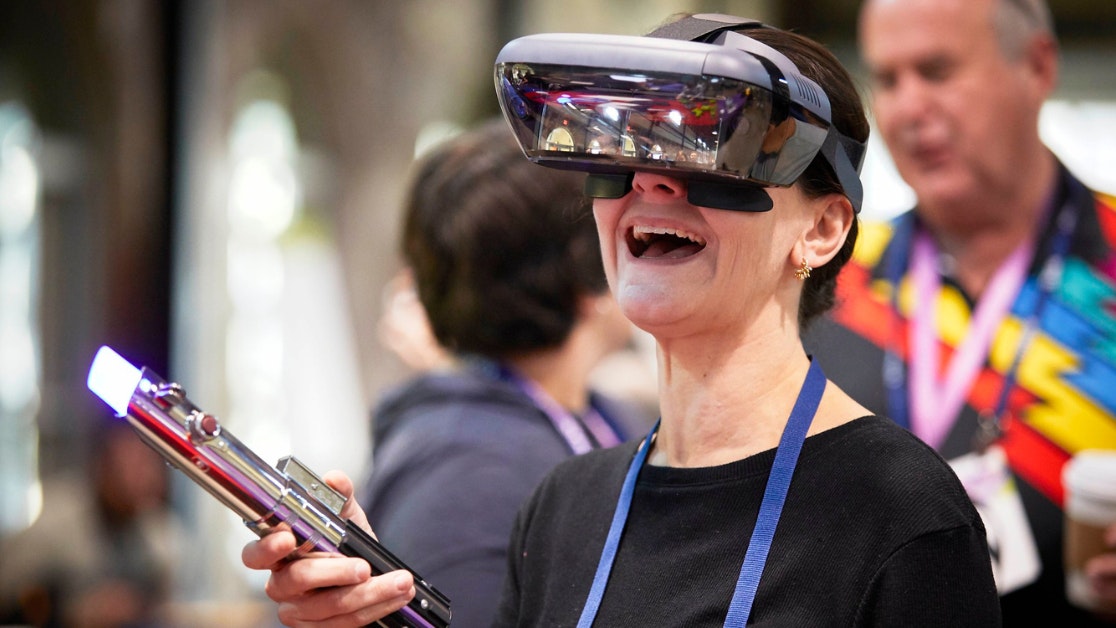Homepage
•
Learning Library
•
Blog
•
Edtech’s Hottest Topics for 2023
Expand breadcrumbs
Expand breadcrumbs
- Learning Library
- Blog
- Edtech’s Hottest Topics for 2023
- Homepage
- •
- Learning Library
- •
- Blog
- •
- Edtech’s Hottest Topics for 2023
Edtech’s Hottest Topics for 2023
By Nicole Krueger
March 16, 2023








